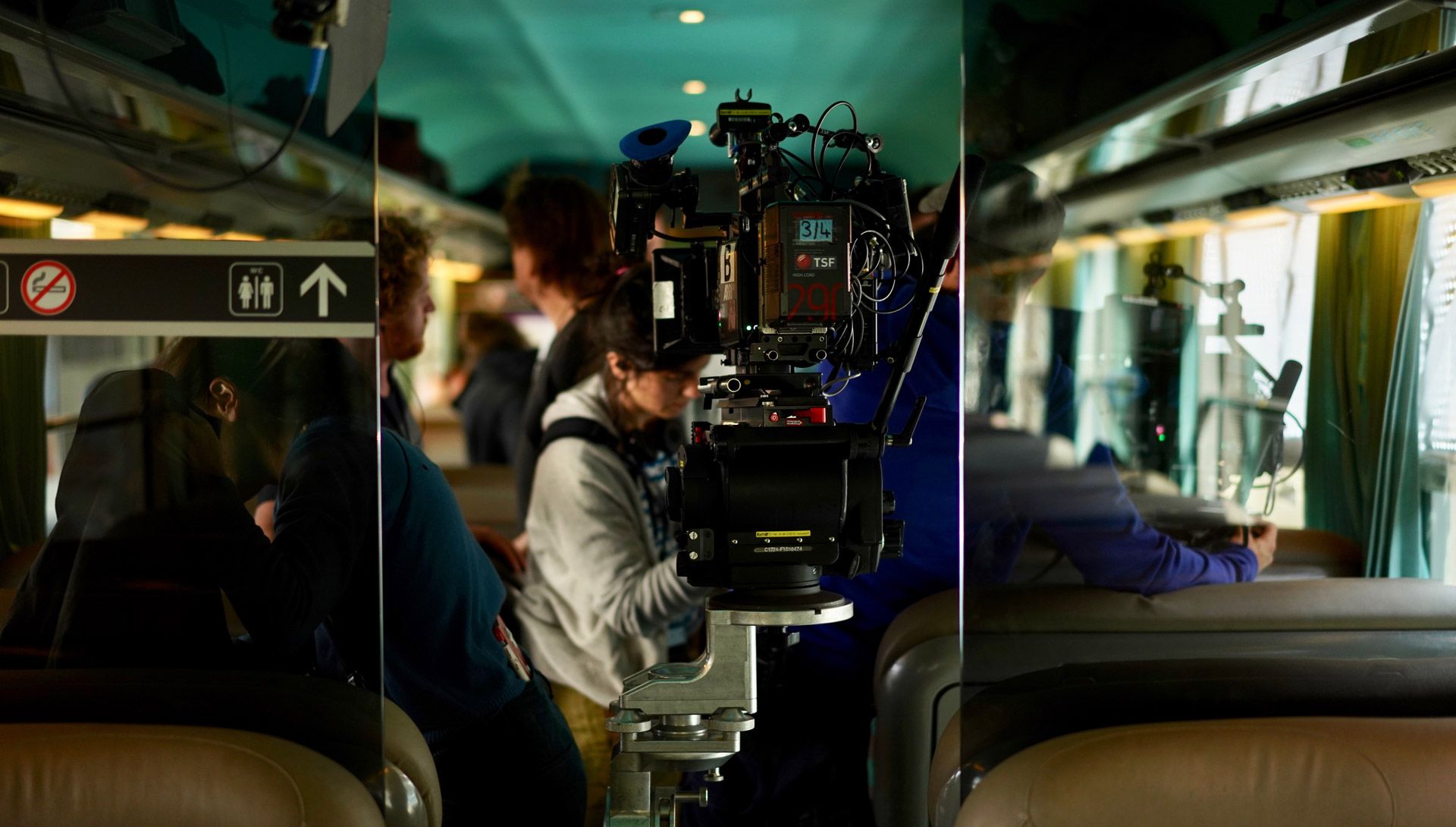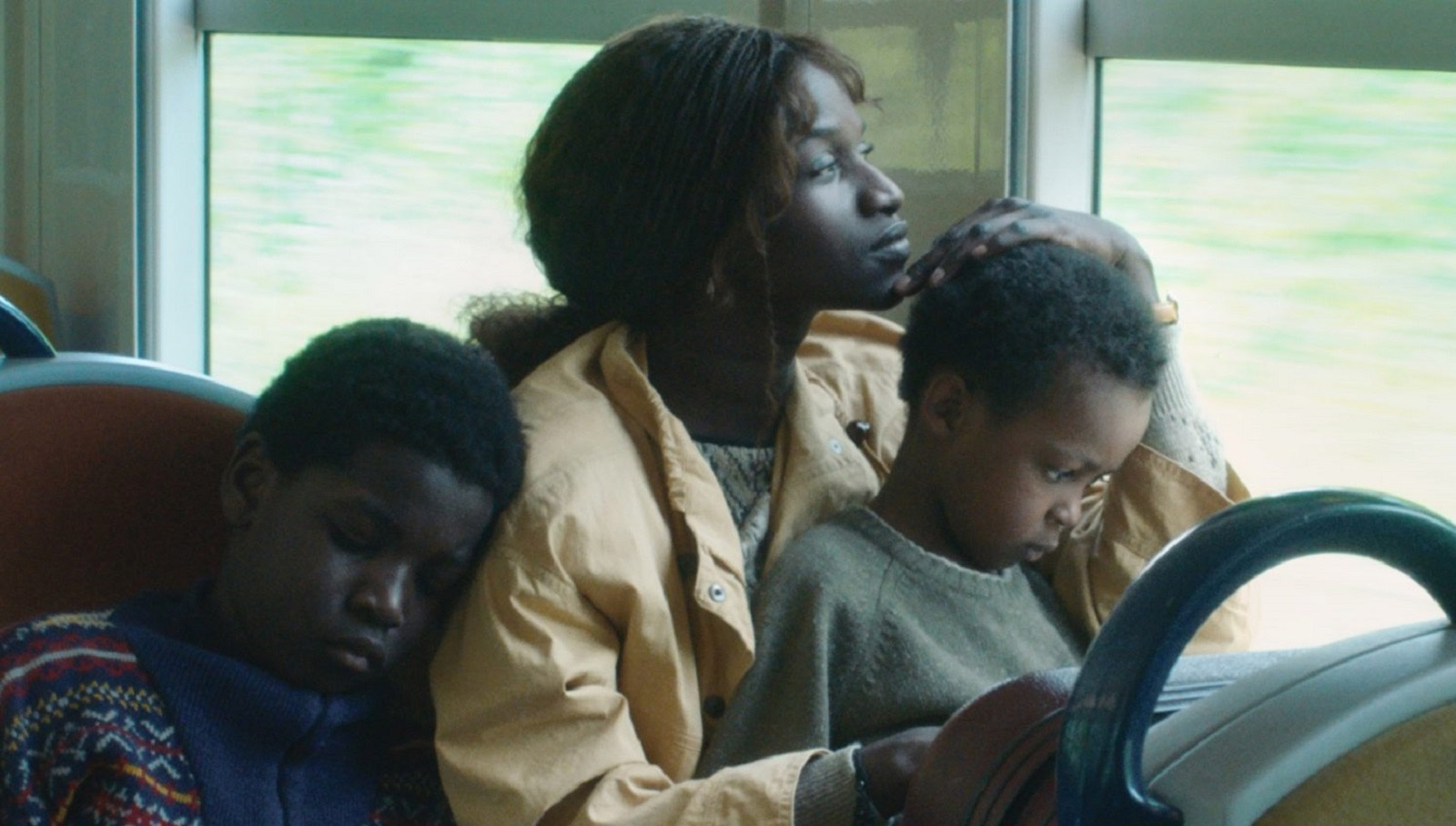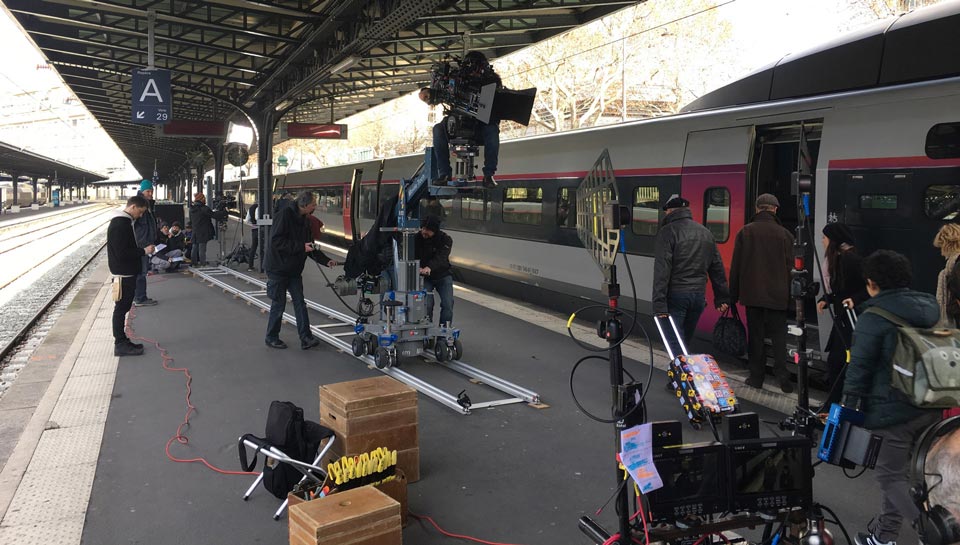Trains have a long shared history with the film industry. They have marked the various stages in its development, decade after decade, from the Lumière brothers' The Arrival of a Train (L'Arrivée du train en gare de la Ciotat - 1896) to Claire Simon's Gare du Nord (2013), including Jean Renoir's La Bête humaine (1938) and Jacques Rozier's Maine-Océan (1986).
As a pioneer in this respect, the SNCF has, since 1942, a film section dedicated to showing newsreels and documentaries on its activities. And in 1944, the department embarked on an important three-year mission, which was filming the huge task of rebuilding the railway network after the Second World War. "Since it was founded, the SNCF has had a strong image and communication culture," says Philippe Laylle, head of the group's cinema and film shooting division.

Trains have a long shared history with the film industry. They have marked the various stages in its development, decade after decade, from the Lumière brothers' The Arrival of a Train (L'Arrivée du train en gare de la Ciotat - 1896) to Claire Simon's Gare du Nord (2013), including Jean Renoir's La Bête humaine (1938) and Jacques Rozier's Maine-Océan (1986).
As a pioneer in this respect, the SNCF has, since 1942, a film section dedicated to showing newsreels and documentaries on its activities. And in 1944, the department embarked on an important three-year mission, which was filming the huge task of rebuilding the railway network after the Second World War. "Since it was founded, the SNCF has had a strong image and communication culture," says Philippe Laylle, head of the group's cinema and film shooting division.
This link continues to this day. From hosting film shoots in stations to lending vehicles and offering advice on technical feasibility from the script stage, the duties of the SNCF, which currently assists on average 150 film shoots a year, are extremely varied. “We host many shoots outside the Paris area, in Auvergne-Rhône-Alpes and Provence-Alpes-Côte d'Azur (South-East France). Since the start of the year, we have also received a lot of requests for the Occitania region (South of France)," says Jérémie Coste, project manager. As far as sets are concerned, the SNCF has 3,000 stations and numerous trains capable of catering for the needs of filmmakers from all over the world. "There are different stations for different scripts," says Philippe Laylle. "The SNCF always has a station to meet the need."
Trains through the camera lens
The railway operator also offers journeys into the past, as in the US series Transatlantic, set in Marseille in 1940 at the beginning of the Second World War and soon to be broadcast on Netflix. In the case of period projects such as this one, the SNCF "calls in tourist train associations that have salvaged items from the era, particularly steam trains," explains Jérémie Coste. "We also direct the crews to the Centre-Val de Loire region where there are several small non-electrified stations, the surroundings of which remain intact," he adds.

This year in Cannes also recalls the relationship between the railway institution and the festival. A love story which spans from the international jury prize awarded to René Clément’s Battle of the Rails (La Bataille du rail) at the festival’s first edition in 1946 to the Rails d’or awarded each year by the film-fan railway workers' association, Ceux du rail, since 1995. This year, four projects supported by the SNCF are competing in the various selections, namely Léonor Serraille's film Mother and Son (Official Competition), which is set in the RER C train line, Louis Garrel's The Innocent (Out of Competition), some of which was filmed in the SNCF Technicentre in Lyon and two projects filmed partly at Gare de l'Est station: Olivier Assayas' Irma Vep (Cannes Premiere) and Nicolas Pariser’s Green Perfume (Directors' Fortnight – Special session).


